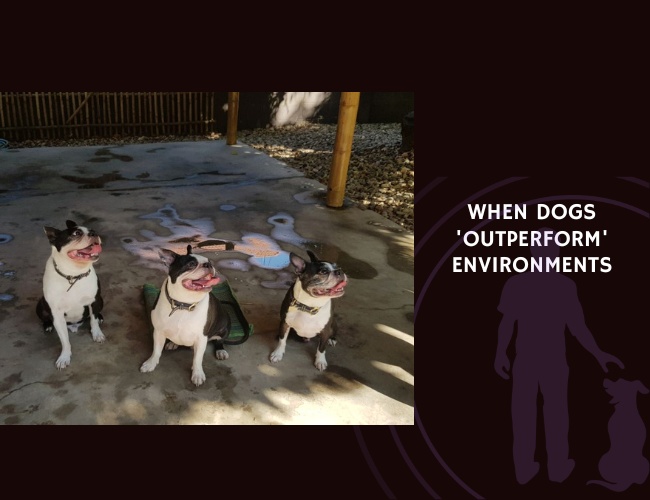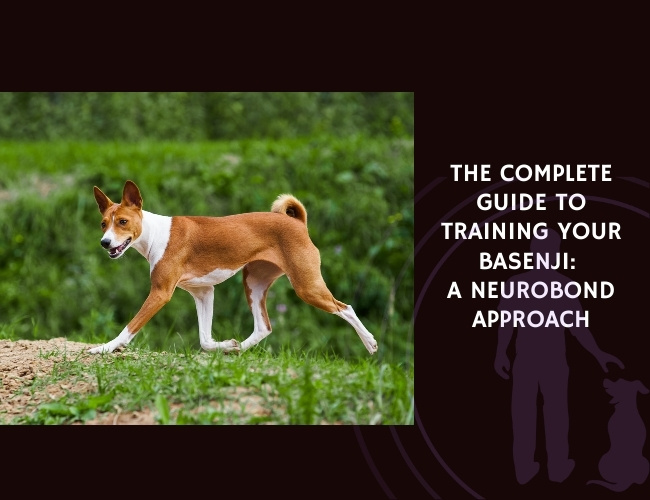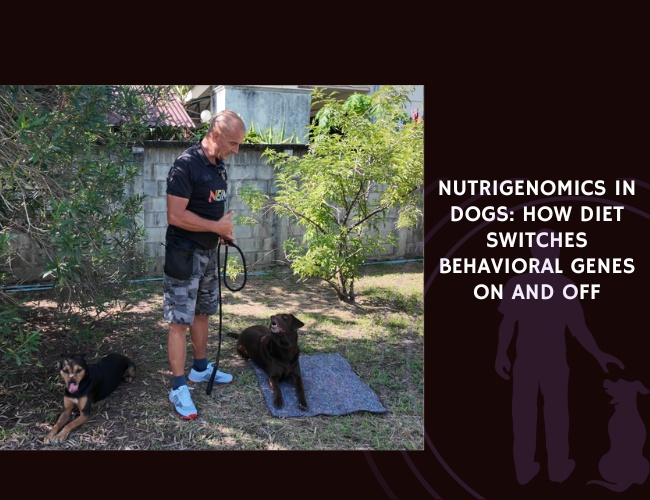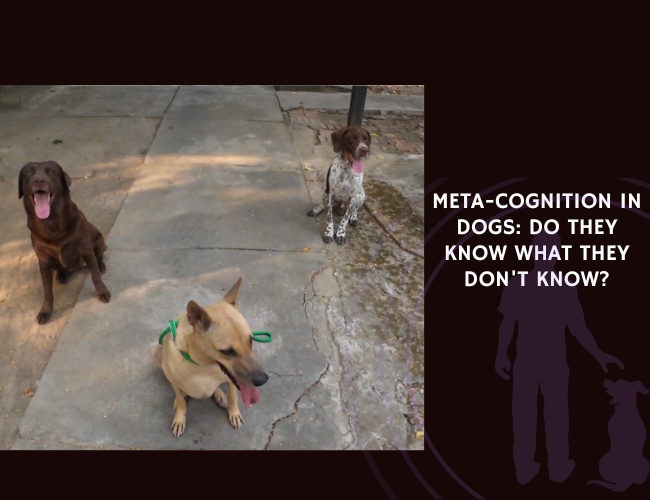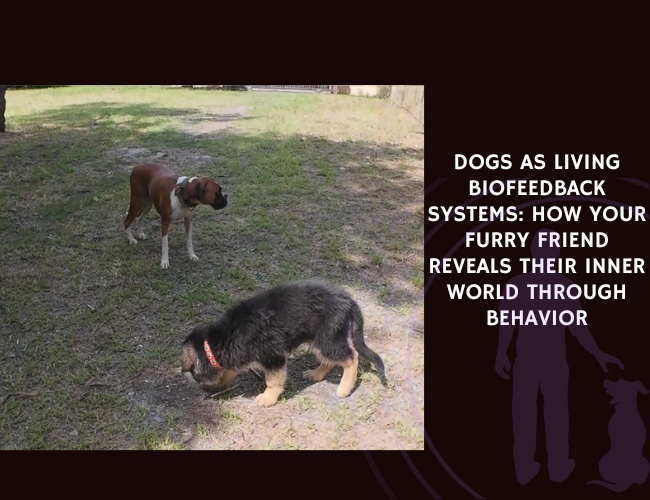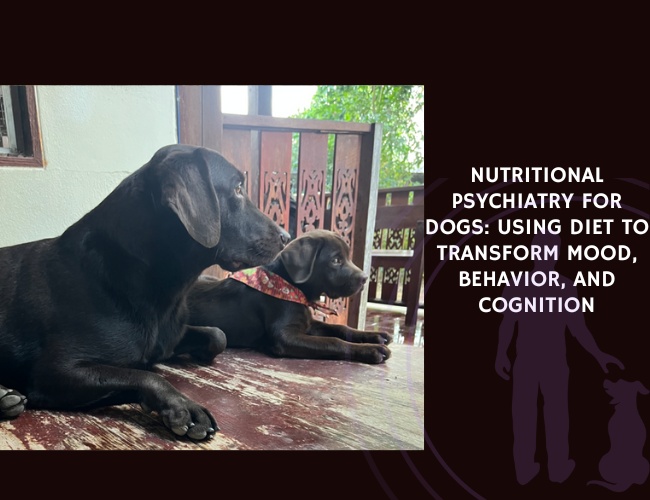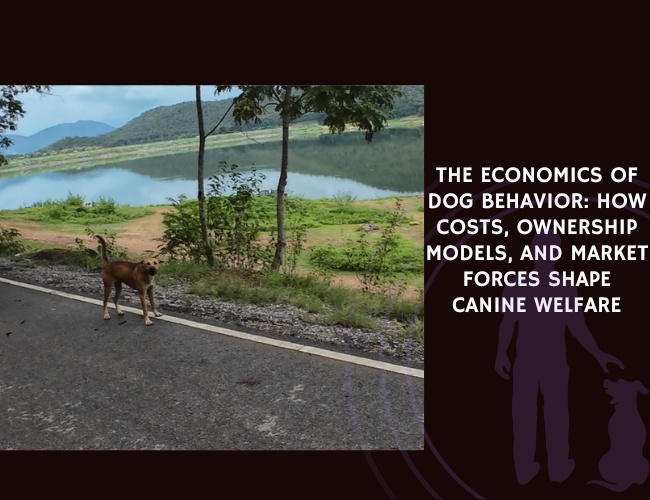Introduction
Have you ever watched a Border Collie pace endlessly in a small apartment, or seen a gentle Greyhound cower at the chaos of a busy household? These aren’t just quirky behaviors—they’re often signs of a deeper issue we call environmental misfit. When a dog’s inherent needs clash with their living situation, the results can be heartbreaking for both pet and owner.
Environmental misfit occurs when there’s a fundamental mismatch between what a dog needs to thrive and what their current environment provides. It’s like asking a concert pianist to perform in mittens—no matter how talented they are, the conditions simply don’t allow them to flourish. Let us guide you through understanding this crucial aspect of canine welfare, because recognizing these signs could transform your furry friend’s quality of life.
Understanding Environmental Misfit: More Than Just a Bad Day
What Environmental Misfit Really Means
Environmental misfit isn’t about occasional restlessness or a single behavioral hiccup. It’s a chronic state where your dog’s fundamental needs—physical, mental, emotional, and social—remain consistently unmet despite their best efforts to adapt.
Think of it this way: every dog comes with a unique set of “factory settings” shaped by centuries of selective breeding, individual personality, and early life experiences. When these settings don’t align with their current environment, dogs don’t simply adjust like we might hope. Instead, they develop coping mechanisms that can mask their distress, making it crucial for us to recognize the subtle signs.
The Four Pillars of Environmental Fit
Breed-Purpose Alignment Your Australian Cattle Dog wasn’t designed for apartment living any more than a Pug was built for marathon running. Breed-specific traits run deep in your dog’s DNA, influencing everything from energy levels to social needs. When a working breed lacks meaningful tasks, or when a companion breed faces isolation, the mismatch creates profound stress.
Sensory Balance Dogs experience the world through a sensory lens far different from ours. They need:
- Regular olfactory stimulation (sniffing opportunities)
- Appropriate auditory environments (not too quiet, not overwhelming)
- Tactile experiences (physical contact, different textures)
- Visual variety without overstimulation
Social Compatibility Not all dogs are social butterflies, and that’s perfectly fine. The key is matching your dog’s social temperament with their daily reality. A naturally independent Shiba Inu forced into constant interaction may become as stressed as a social Labrador left alone for extended periods.
Emotional Climate The emotional atmosphere of your home profoundly impacts your dog’s well-being. Dogs are emotional sponges, absorbing and reflecting the stress, joy, anxiety, or calm that surrounds them. An unpredictable or tense household can create chronic anxiety, even in the most resilient breeds.
Recognizing the Signs: When Dogs Try Too Hard
The Overachiever Syndrome
You might notice your dog displaying what we call “excessive obedience”—a desperate eagerness to please that goes beyond normal training responsiveness. This overperformance often masks deep anxiety. Your dog isn’t just being “good”; they’re trying to control an environment that feels unpredictable or threatening.
Signs of overachievement include:
- Hypervigilant attention to commands
- Excessive checking-in behaviors
- Inability to relax even after praise
- Perfectionist responses to training
This behavior pattern reveals a dog working overtime to maintain stability in an unstable environment. It’s exhausting for them, though they may never show obvious distress. 🐾
Redirected Behaviors: When Needs Find Other Outlets
When dogs can’t fulfill their natural drives appropriately, those needs don’t disappear—they redirect. A herding dog without sheep might obsessively chase shadows. A terrier bred for hunting might develop compulsive digging behaviors. These aren’t “bad habits”; they’re attempts to satisfy hardwired needs.
Common redirected behaviors:
- Compulsive licking or chewing
- Shadow or light chasing
- Excessive barking at minor stimuli
- Resource guarding seemingly random objects
- Repetitive pacing or circling
Each redirected behavior tells a story about an unmet need. Understanding this narrative is the first step toward meaningful intervention.
The Stress Response Spectrum
Dogs respond to chronic environmental misfit along a predictable spectrum:
Hypervigilance Phase In early stages, dogs become constantly alert, reactive to minor stimuli, and unable to fully relax. Their startle response intensifies, and they may bark more frequently or seem “on edge” even in familiar settings.
Appeasement Phase As stress continues, some dogs shift to excessive appeasement—constant lip licking, lowered body posture, or “apologetic” behaviors even when they’ve done nothing wrong. They’re trying to prevent conflict in an environment that feels unpredictable.
Shutdown Phase Eventually, chronic misfit can lead to emotional shutdown. Dogs become withdrawn, show little interest in activities they once enjoyed, and may seem depressed or apathetic. This isn’t laziness—it’s learned helplessness in response to an environment they can’t successfully navigate.
The Hidden Costs: Neurocognitive Impact of Chronic Misplacement
When Stress Rewires the Brain
Chronic environmental stress doesn’t just affect behavior—it fundamentally alters your dog’s neurobiology. The constant flood of stress hormones like cortisol creates a cascade of changes that can persist even after environmental improvements.
Stress Hormone Dysregulation Extended exposure to stressful environments keeps your dog’s stress response system in constant activation. This leads to:
- Compromised immune function
- Digestive disruptions
- Sleep disturbances
- Heightened pain sensitivity
- Accelerated aging processes
The amygdala, your dog’s emotional alarm system, becomes hypersensitive, triggering fight-or-flight responses to increasingly minor stimuli. Meanwhile, the prefrontal cortex—responsible for emotional regulation and decision-making—shows reduced activity.
Learning and Adaptability Suffer
Impaired Neuroplasticity Chronic stress literally makes it harder for your dog to learn and adapt. The brain’s ability to form new neural connections diminishes, creating a vicious cycle where environmental challenges become increasingly difficult to overcome.
This manifests as:
- Difficulty learning new commands
- Regression in previously learned behaviors
- Reduced problem-solving abilities
- Inflexibility in routine changes
- Increased time needed for behavior modification
Your once-quick learner might struggle with simple tasks, not from stubbornness but from stress-induced cognitive impairment.
The Development of Maladaptive Patterns
When healthy coping isn’t possible, dogs develop maladaptive strategies that can persist long after the original stressor disappears:
Dissociation Some dogs learn to emotionally “check out” during stressful situations. They may seem vacant or unresponsive, having learned that engagement brings discomfort.
Learned Helplessness After repeated failed attempts to improve their situation, dogs may simply give up trying. They become passive participants in their own lives, accepting discomfort as inevitable.
Overcompliance Paradoxically, some dogs become excessively compliant, suppressing all natural behaviors in an attempt to avoid any possibility of conflict or correction.
Professional Assessment: Reading Between the Lines
Behavioral Forensics: What Trainers Look For
Professional assessment of environmental misfit requires detective-like observation skills. We look beyond surface behaviors to understand the story they tell.
Context-Dependent Behaviors A dog who’s perfectly calm at daycare but anxious at home tells us something significant about their living environment. These behavioral inconsistencies are crucial diagnostic tools. We observe:
- Differences between public and private behavior
- Variations in different rooms of the home
- Changes with different family members present
- Behavioral shifts during routine changes
Emotional Response Patterns We measure several key indicators:
- Latency: How quickly does your dog respond to stimuli?
- Threshold: What intensity of stimulus triggers a response?
- Recovery: How long does it take to return to baseline after arousal?
- Reinforcement efficacy: How well do rewards motivate behavior?
A dog with hair-trigger responses and slow recovery times is likely experiencing chronic overstimulation.
The Ethological Lens: Comparing Needs to Reality
Every breed carries an evolutionary job description. We assess how well a dog’s current life allows expression of these innate drives:
Working Breeds Need:
- Complex problem-solving opportunities
- Physical challenges matching their stamina
- Clear tasks with measurable outcomes
- Mental stimulation equivalent to their intelligence
Companion Breeds Need:
- Consistent human interaction
- Predictable routines
- Gentle handling and positive reinforcement
- Protection from overstimulation
Hunting/Sporting Breeds Need:
- Regular scent work opportunities
- Appropriate chase and retrieve outlets
- Varied terrain exploration
- Controlled prey-drive expression
When these needs go unmet, we see predictable patterns of distress emerge.
Misfit. Message. Momentum.
Some dogs are too adaptive for their own good.
They comply, they perform, they excel—until they break. Dogs who “overachieve” in the wrong environment are often masking chronic distress. It’s not brilliance—it’s burnout with a wag.
When natural instincts have nowhere to go, they find the wrong places.
A dog without outlet doesn’t go quiet; they go sideways. Chasing lights, guarding socks, barking into the void—each compulsion is a signal, not a sin. Behaviour is need, misrouted.
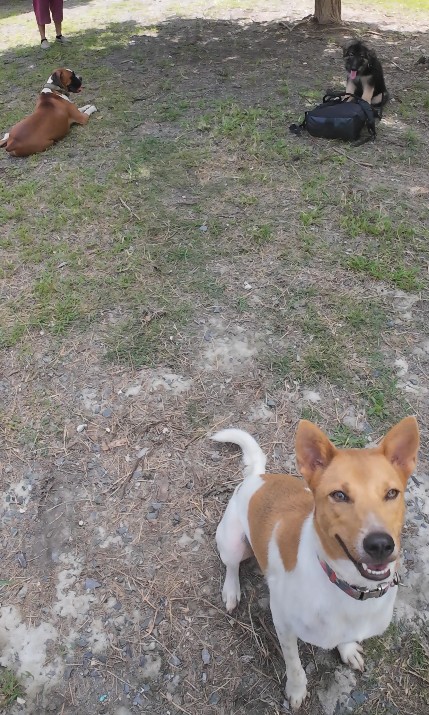
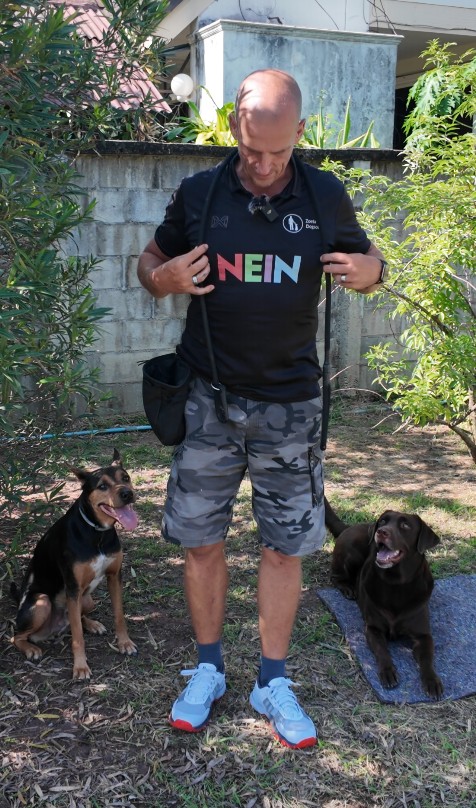
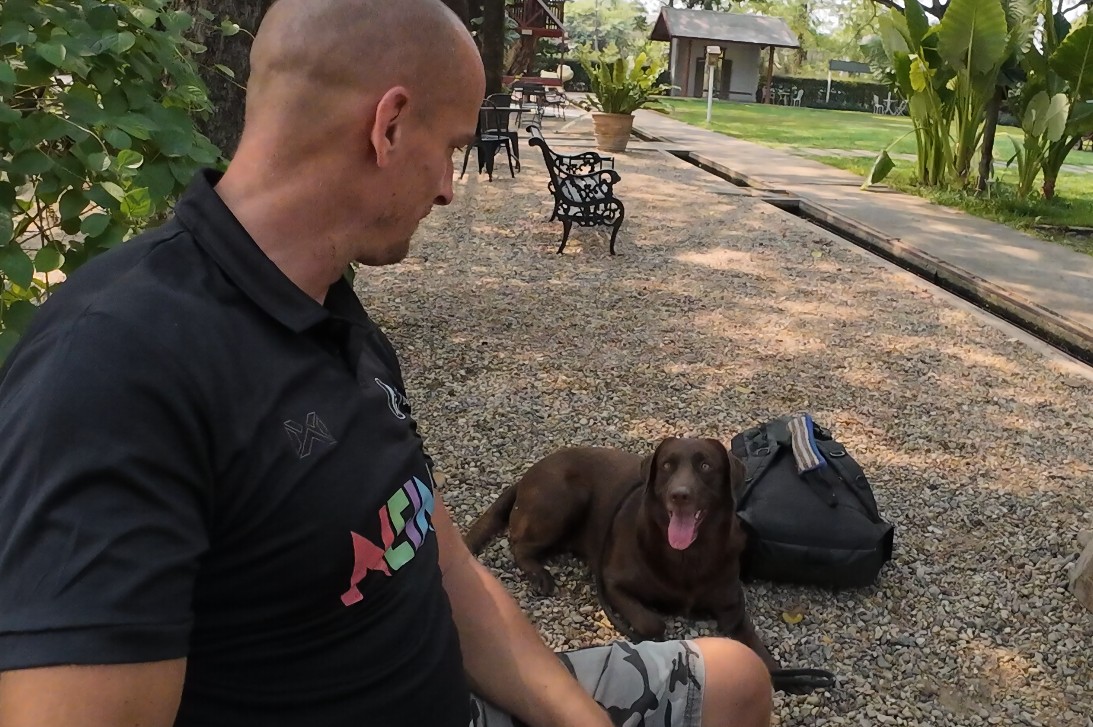
Stress rewires brains faster than you can train them.
When environments don’t fit, dogs don’t just suffer—they change. Chronic misplacement alters cognition, emotion, and identity. Healing requires more than patience; it demands redesign.
Creating Change: Evidence-Based Interventions
Environmental Enrichment That Actually Works
Task-Specific Enrichment Generic “enrichment” often falls short. Your Border Collie doesn’t just need puzzle feeders—they need challenges that mimic herding work. Your Beagle doesn’t just need walks—they need scent trails to follow.
Effective enrichment matches the dog’s evolutionary purpose:
- Herding breeds: Movement prediction games, ordering tasks
- Terriers: Digging boxes, “hunt” for hidden toys
- Retrievers: Complex fetch variations, water work
- Guardian breeds: Perimeter checks, watching duties
Cognitive Challenges Mental stimulation should progress like a curriculum:
- Basic problem-solving (simple puzzle feeders)
- Multi-step challenges (sequential tasks)
- Novel problem introduction (new puzzles monthly)
- Social cognitive tasks (reading human cues)
- Abstract concepts (discrimination training)
Restructuring Daily Life
The Power of Predictable Patterns Dogs thrive on routine, but not rigid monotony. Create structure with flexibility:
- Morning rituals: Consistent wake time, predictable first activities
- Transition cues: Clear signals for activity changes
- Rest periods: Designated quiet times for processing
- Evening wind-down: Calming activities before sleep
Microrituals for Security Small, repeated actions create emotional anchors:
- A specific phrase before meals
- A particular toy for comfort
- A special blanket in their safe space
- Consistent goodbye and return routines
These tiny consistencies provide stability in an otherwise overwhelming world. 🧡
Adjusting Human Responses
Communication Clarity Stressed dogs need crystal-clear communication:
- Use consistent verbal cues
- Maintain predictable body language
- Avoid mixed signals or emotional volatility
- Reward attempts, not just success
Pressure Reduction Strategies Many well-meaning owners inadvertently increase pressure:
- Lower expectations temporarily
- Celebrate small victories
- Allow processing time after new experiences
- Respect withdrawal as communication
The 3-3-3 Rule Revisited While often applied to new adoptions, this principle helps any environmental transition:
- 3 days for initial adjustment
- 3 weeks for routine establishment
- 3 months for true comfort
Expect regression during each phase—it’s normal and temporary.
Case Studies: Transformation in Action
Case 1: The Apartment Herding Dog
Max, a two-year-old Australian Shepherd in a studio apartment, exhibited:
- Obsessive light chasing
- Excessive barking at neighbors
- Compulsive circling before rest
Intervention:
- Daily “herding” games with exercise balls
- Scent work hiding treats in boxes
- Trick training with complex sequences
- Daycare twice weekly for social outlet
Result: 80% reduction in compulsive behaviors within 8 weeks
Case 2: The Overstimulated Family Dog
Luna, a noise-sensitive Whippet in a home with three young children, showed:
- Constant trembling
- Refusal to eat in common areas
- Excessive sleeping (shutdown response)
Intervention:
- Created quiet safe room with sound dampening
- Established child-free times daily
- Introduced calming music therapy
- Taught children appropriate interaction
Result: Returned to normal eating patterns, increased play behavior
Prevention: Setting Dogs Up for Success
Pre-Adoption Considerations
Honest Lifestyle Assessment Before bringing a dog home, honestly evaluate:
- Your actual (not ideal) activity level
- Work schedule and social commitments
- Living space and neighborhood
- Family dynamics and stress levels
- Financial resources for enrichment
Breed Research Beyond Basics Look deeper than size and shedding:
- Original breed purpose
- Typical arousal levels
- Social needs and independence
- Sensory sensitivities
- Common behavioral challenges
Early Intervention Strategies
Puppy Environmental Preparation Start right with:
- Gradual sensory exposure
- Positive urban socialization
- Appropriate challenge introduction
- Stress inoculation training
- Building confidence through choice
Adolescent Adjustment The teenage phase often reveals misfit issues:
- Increase mental stimulation
- Adjust expectations temporarily
- Provide appropriate outlets for energy
- Maintain consistency despite challenges
The Path Forward: Hope and Healing
Recovery is Possible
Even dogs with severe environmental trauma can recover with proper support. The brain’s plasticity, while reduced under stress, never disappears entirely. With patience and appropriate intervention, remarkable transformations occur.
Recovery Timeline Expectations:
- Week 1-2: Initial environmental adjustments
- Week 3-4: First behavioral improvements
- Month 2-3: Neurological healing begins
- Month 4-6: New patterns stabilize
- Month 6-12: Full integration of changes
Building Resilience
Beyond fixing problems, we can build resilience:
- Stress inoculation: Controlled exposure to mild stressors
- Choice provision: Allowing dogs to make decisions
- Confidence building: Success in progressively challenging tasks
- Social support: Appropriate peer interactions
- Physical wellness: Exercise suited to breed needs
Conclusion: A Promise of Partnership
Recognizing environmental misfit isn’t about blame—it’s about awareness and action. Every dog deserves an environment where they can truly thrive, not just survive. By understanding the signs of misfit and implementing thoughtful interventions, we can transform stressed, anxious dogs into confident, joyful companions.
The journey from misfit to harmony requires patience, observation, and sometimes professional guidance. But the reward—seeing your dog’s authentic personality emerge from behind the mask of stress—makes every effort worthwhile.
Your dog isn’t broken. They’re not being difficult. They’re communicating the only way they know how. When we listen with educated ears and respond with informed action, we don’t just improve their behavior—we honor the trust they place in us every single day.
Remember: the goal isn’t perfection. It’s alignment. When your dog’s needs align with their environment, magic happens. That relaxed tail wag, that soft eye contact, that contented sigh at day’s end—these tell the story of a dog who’s finally home, not just housed. 🐾

